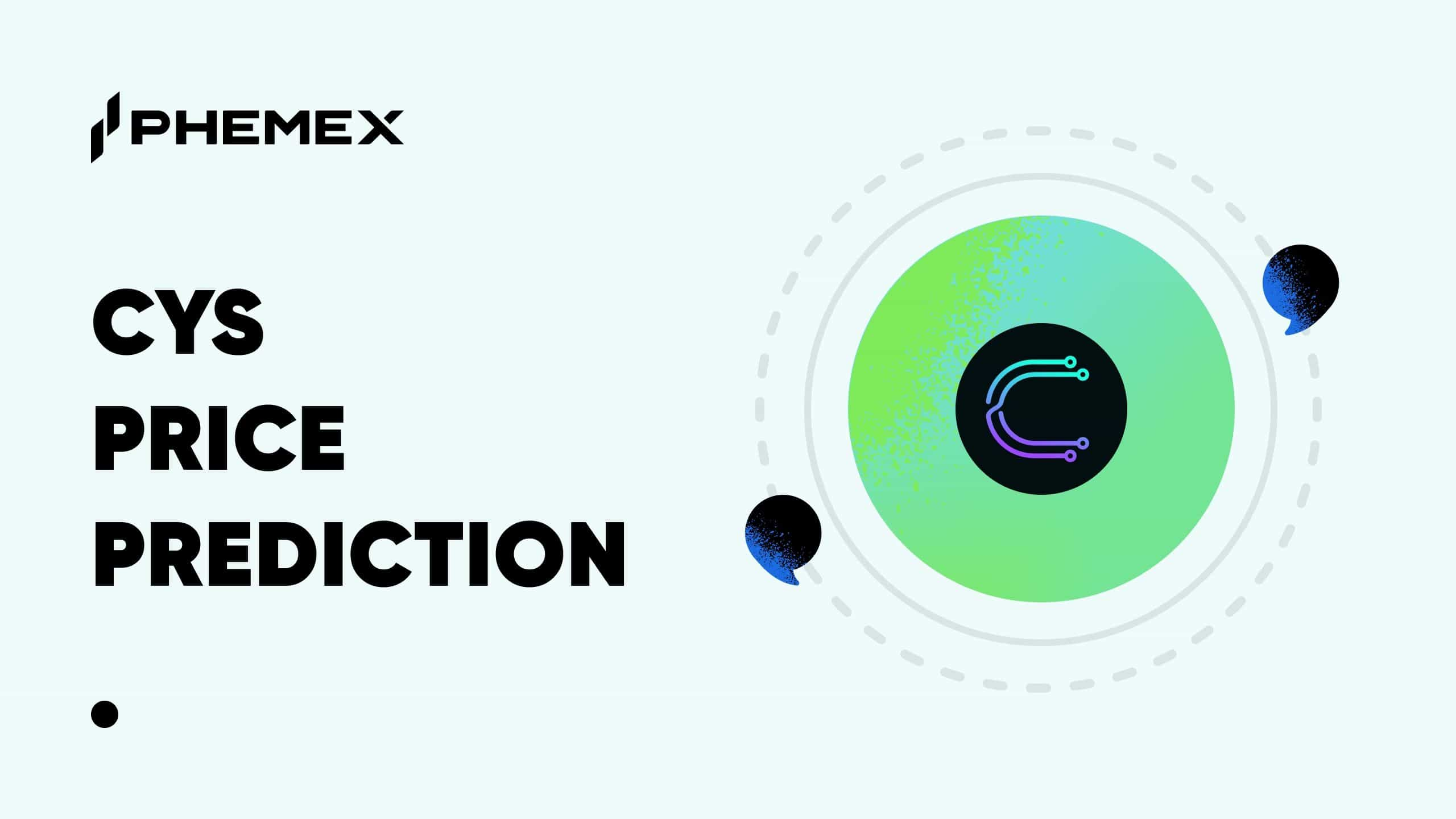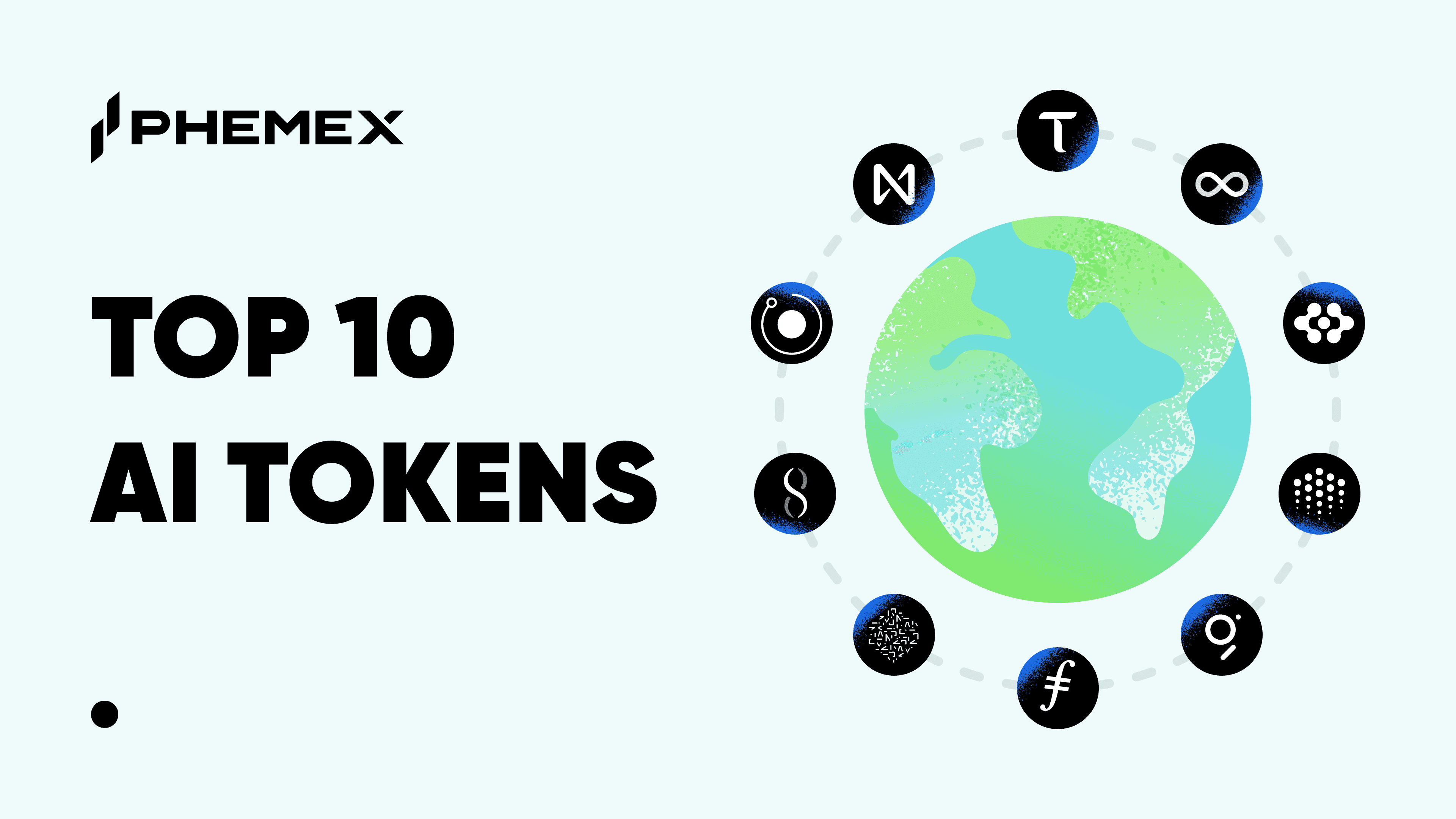
As blockchain technology has developed over the past ten years, an increasing number of decentralized platforms have appeared. These decentralized platforms are now more often regulated by community initiatives than by specific individuals. As decentralized finance (DeFi) develops, the rise of blockchain platforms presents a rare chance to investigate various governance models and to formulate a theory about the relative merits of centralized and decentralized governance. Furthermore, could a new structure of Semi-Centralized platforms emerge, one that combines the advantages of both CEX and DEX?
What is centralized and decentralized exchange? What are the differences between them?
Users can transfer one cryptocurrency for another on cryptocurrency exchanges. Cryptocurrency exchanges known as centralized exchanges (CEX) serve as middlemen between buyers and sellers. Centralized exchanges are managed by a management team with standalone decision-making authority. CEXs typically use order books for all trades. Limit and stop orders are just two of the order types that CEXs provide to traders. CEX implements liquidity criteria for market makers on listed cryptocurrencies and tokens in order to provide competitive spreads. A smooth experience is made possible by CEX’s advanced, high-speed matching engines, which match users’ orders in milliseconds and reduce price swings during volatile market periods.
In contrast, users always have control over their money when trading on decentralized crypto exchanges (DEX). They establish a connection to a DEX using their cryptocurrency wallet, and before any transaction is carried out, it must be signed and confirmed. DEXs are powered by smart contracts that are executed on open blockchains like Solana or Ethereum. This means another person does not have control over your crypto, but it’s also your responsibility to keep your funds secure. The initial versions of decentralized exchanges relied on order books and the concept of facilitating trades between peers.
Users can trade digital assets through both centralized and decentralized exchanges. Centralized exchanges can accommodate a variety of native cryptocurrencies and make cross-currency trading simple because they operate as the authority confirming transactions on their platform. However, CEXs have a disadvantage of not being 100% transparent. Trading on a DEX allows for full auditing of all transactions. This provides a completely new degree of understanding into a token’s trading history and methods of gauging success. But traders who are used to CEXs may find the user interface and experience of DEXs to be inferior. Trading is often more expensive and takes longer to complete depending on the underlying blockchain, adding to the UX friction.
Combination of Centralized and Decentralized Model: Semi-Centralized
Considering the benefits and drawbacks of both centralization and decentralization, it’s possible that a combination of the two will lead to better performance. This would be the Semi-Centralized platform. An exchange like this gives its community the right to engage in platform governance and decentralized decision-making, while those decisions are still carried out by a centralized and efficient entity. Community members can represent themselves through DAO voting, and make sure their interests are protected through a democratic decentralized process.
If we apply the key concept of semi-(de)centralization to the structure of crypto exchange, it means a connection between centralized operation and decentralized participation. While the crypto exchange itself provides high-standard trading services and financial tools, its users can take an active role in decision-making.
As a CEX that always focuses on the balance between security and transparency, Phemex is exploring a semi-centralized model by implanting the decentralized governance mechanism in the existing centralized execution. It is our belief that Web3’s development must go beyond the pure financial aspect. As digital platforms are being incorporated more and more into social relationships, it is our responsibility to explore the wide potential of a semi-centralized platform.










